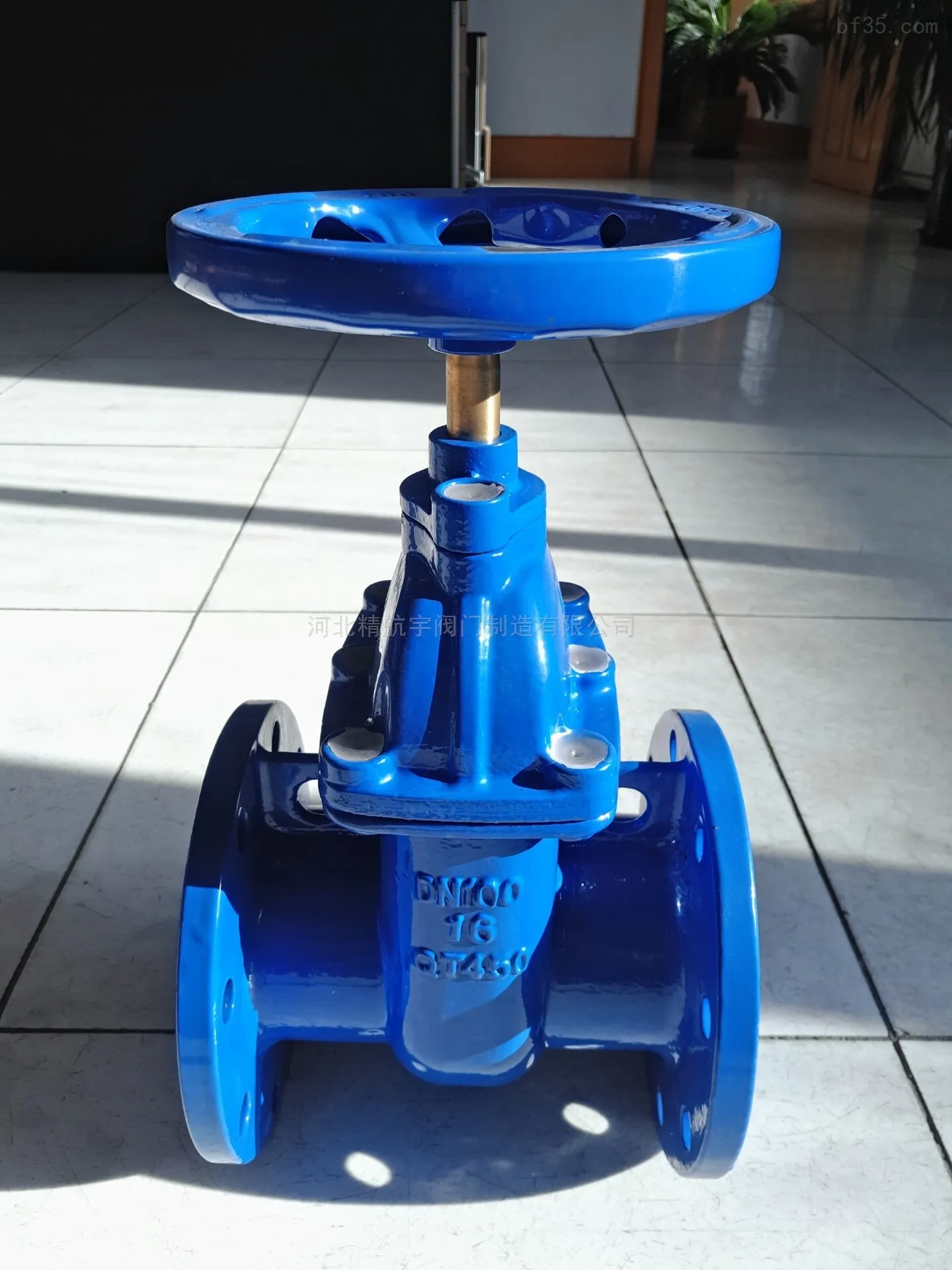Lis . 20, 2024 18:27 Back to list
surface plate price
Understanding Surface Plate Prices A Comprehensive Overview
Surface plates are integral tools in many manufacturing, engineering, and inspection processes. They serve as a stable reference plane for measuring the flatness and geometry of components, ensuring that the parts meet the necessary specifications and standards. The importance of surface plates in quality control processes cannot be overstated, as they are crucial for maintaining the precision and accuracy of manufactured products. However, one question frequently arises within the industry what determines the price of surface plates?
Types of Surface Plates and Their Costs
The price of surface plates can vary significantly based on several factors, including material, size, type, and precision specifications. Primarily, surface plates are made from granite, cast iron, and ceramic, each offering different benefits and price points.
1. Granite Surface Plates Granite is one of the most popular materials due to its durability, stability, and resistance to thermal expansion. Prices can range from a few hundred to several thousand dollars depending on the size and quality of the granite. Small granite plates (e.g., 18 x 24) can cost around $200 to $500, while larger plates (e.g., 48 x 72) can exceed $2,000.
2. Cast Iron Surface Plates These plates are heavier and often less expensive than granite but are generally less stable in terms of heat and moisture. A cast iron surface plate can cost anywhere from $300 to $1,500, depending on its dimensions and grade.
3. Ceramic Surface Plates Although more rare, ceramic plates are known for their thermal stability and hardness. Prices often range from $1,000 to over $5,000, based on factors like size and precision.
Size Matters
surface plate price

The size of a surface plate is another key element in determining its price. Standard dimensions are often more affordable as they are produced in higher quantities. Custom sizes or dimensions, essential for specific applications, typically incur higher costs due to the additional manufacturing processes required.
Precision Standards
Surface plates come with various levels of precision or flatness grades, which can also impact their pricing. Manufacturers often categorize them according to specific standards, such as those established by the American Society of Mechanical Engineers (ASME). Higher-grade plates—those with stricter tolerances—will understandably be priced higher. For instance, a grade A granite plate will cost more than a grade B plate due to the increased quality and manufacturing scrutiny.
Market Dynamics
Fluctuations in market demand can also influence surface plate prices. As industries shift focus—whether due to technological advancements, changes in manufacturing techniques, or global economic conditions—the supply and demand for specific types of surface plates may vary, affecting their prices. Moreover, tariffs and trade policies can impact material costs, subsequently influencing the final pricing of surface plates.
Conclusion
In conclusion, the price of surface plates can be attributed to various factors, including the material used, size, precision standards, and market dynamics. As technology in manufacturing continues to evolve, so will the options available for surface plates, potentially enhancing their functionality and affordability. For businesses in need of quality assurance tools, understanding the pricing structure is crucial for making informed purchasing decisions. Investing in the right surface plate can significantly impact product quality and operational efficiency. Therefore, it is essential for companies to evaluate their specific needs and budget constraints while considering surface plate options on the market. Whether opting for granite, cast iron, or ceramic plates, a strategic approach to acquisition can lead to long-term benefits in quality control and manufacturing excellence.
-
Thread Plug Gauge Our Promise of Measurement ExcellenceNewsAug.22,2025
-
Gauge Pin Class Reflecting Quality LegacyNewsAug.22,2025
-
Check Valve Types for High Rise BuildingsNewsAug.22,2025
-
Water Control Valve for Irrigation SystemsNewsAug.22,2025
-
Gate Valve with Soft Seal TechnologyNewsAug.22,2025
-
Y Type Strainer for Oil and Gas ApplicationsNewsAug.22,2025
Related PRODUCTS









